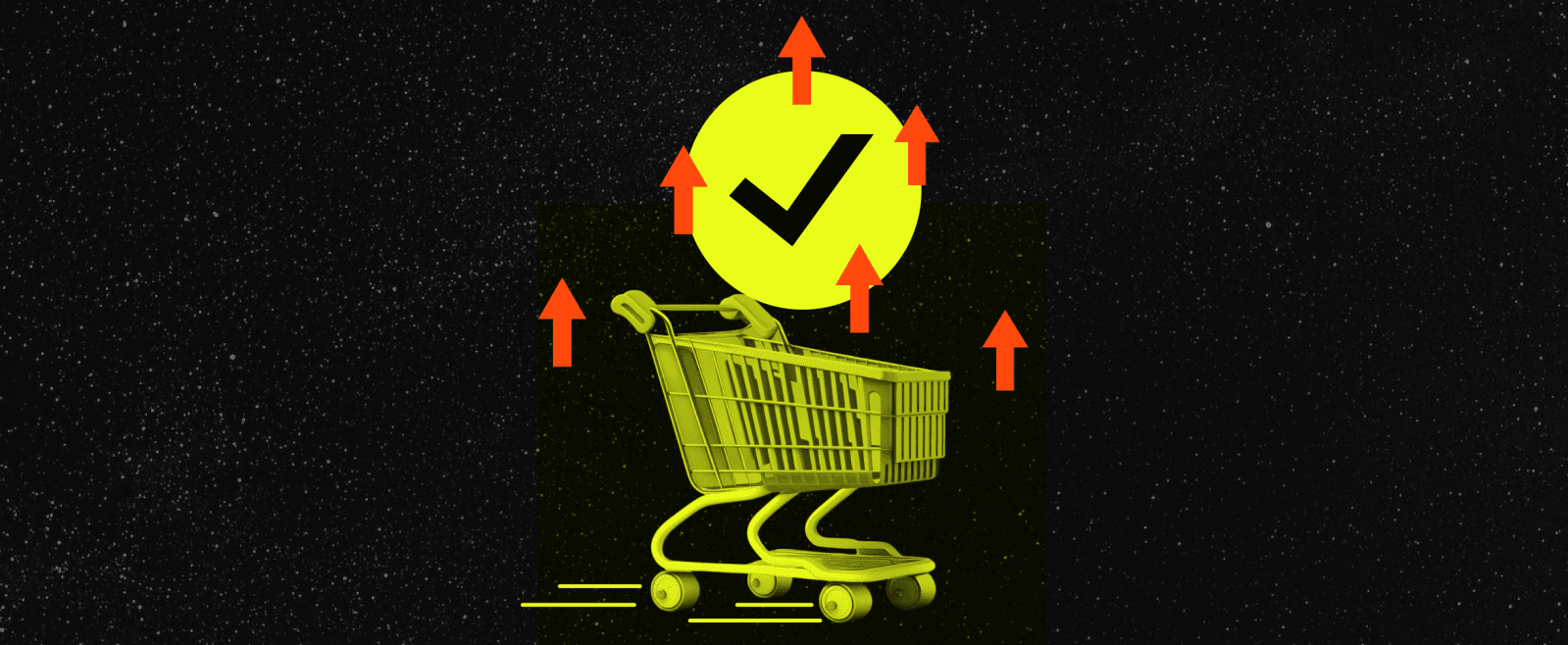Why Ecommerce Personalization Belongs Server-Side, not in the Browser
Most ecommerce teams are solving the wrong personalization problem. They focus on what content to personalize rather than when that personalization takes effect.
The architectural choice of where personalization logic executes directly impacts conversion rates, customer trust, and operational control. Most teams unknowingly sacrifice performance by placing personalization responsibility in the browser, creating visible delays between generic content and relevant experiences.
This isn't solved by better algorithms or audience segmentation. It requires moving personalization decisions earlier in your technical stack.
The Cost of Client-Side Personalization
Client-side personalization creates a fundamental timing problem. Modern frontend frameworks optimize Time to First Byte (TTFB) and First Contentful Paint (FCP), so pages start rendering quickly. But personalization logic kicks in only after the full-page loads and JavaScript hydrates.
The sequence: browser renders generic content first, personalization script runs after hydration, then the DOM updates with user-specific content. Users see generic content transform into personalized content. Prices change, banners swap, messages appear and disappear. This visual instability erodes user confidence at the moment when trust matters most.
Business impact:
-
Conversion: Price inconsistencies during initial load create hesitation at purchase decision points
-
Paid traffic efficiency: Landing page mismatches between ad promise and initial content increase acquisition costs
-
Campaign reliability: Time-sensitive promotions depend on client-side execution timing, creating unpredictable delivery
Middleware-Led Personalization: What It Solves
Middleware intercepts requests before page rendering, enriches them with personalization logic, and serves back HTML already tailored to the user. The result: faster perceived speed, no content flicker, and relevant experiences delivered instantly.
Shopify migrated their entire Shop App Store to server-driven UI, eliminating weekly release dependencies while enabling real-time experiments and merchant-specific layouts. Their architecture now processes requests with immediate deployment capabilities that previously required week-long cycles.
Middleware runs between the user's request and your rendering logic on Node.js servers, edge functions (Vercel Edge, Cloudflare Workers), or platforms like Shopify's Oxygen. This positioning provides two critical advantages:
-
Executes before frontend loads
-
Has access to headers, cookies, geolocation, and user tokens
This enables middleware to detect logged-in users and loyalty tiers, read geolocation headers for regional rules, fetch real-time stock availability, and route based on A/B test buckets.
Personalization Before Hydration
With middleware, personalization logic executes before JavaScript hydration begins. HTML fragments are injected server-side into the response payload before reaching the browser.
Examples:
-
Loyalty pricing: Middleware checks user cookie, determines loyalty tier, and injects correct price blocks with no flicker
-
Geo-targeted messaging: Based on IP geolocation, swaps banners or shipping CTAs for region-specific offers before rendering
-
Inventory-aware CTAs: If inventory is low in a specific fulfillment center, injects "Only 3 left" urgency messages tailored to that region
BFCM shoppers won’t wait for content flicker. Fix your personalization timing now with our last-minute BFCM guide.
Supporting Frameworks
-
Next.js Middleware: Runs at the edge before page rendering. Can modify request headers, rewrite paths, and inject user data into SSR logic
-
Vercel Edge Functions: Serverless functions deployed globally. Ideal for geo-based personalization or split testing at the network edge
-
Shopify Oxygen Middleware: Server-side logic between Shopify Hydrogen storefronts and storefront API responses. Used for metafield-driven personalization, loyalty logic, and dynamic pricing
When Not to Use Middleware Personalization
Session-Dependent Scenarios
If your logic depends on cart state, order history, or real-time CRM data, middleware is wrong. Middleware often can't access secure, session-bound data without introducing latency or risk. Cart state is usually stored in cookies or server sessions, not reliably accessible at the edge. Fetching CRM-level data at this layer slows response time and complicates security.
Complex Logic and Edge Performance Trade-offs
Middleware works best with lightweight, stateless logic. Complex business rules, multiple API calls, or chained conditions create latency with every external call, make edge functions harder to test and debug, and create risky rollouts when logic is spread across frontend, backend, and middleware.
Data Privacy and Compliance
Middleware often relies on cookies or headers, but not all cookies are available at the edge, especially if marked HttpOnly or SameSite. In regions like the EU or California, injecting personalized content before consent violates regulations. Storing or using PII at the edge may breach internal security policies.
Questions to Ask Before Implementation
1. Do You Control the Middleware Layer?
You need programmatic access to the request pipeline, not just frontend code. Are you deploying on a platform that allows middleware logic? Can your engineering team ship updates without waiting on third parties? If middleware is out of your control, you're stuck with client-side fallback and its performance penalties.
2. Can Your CMS or PIM Respond Fast Enough?
What is your CMS response time for personalized content blocks under current load? Most enterprise CMSs require 300-500ms for complex queries, which negates middleware speed advantages. Do APIs respond consistently under load? Slow content delivery defeats the purpose of fast personalization.
3. What Happens When Middleware Fails?
What content displays when your personalization service is unavailable? Failed middleware requests can either block page rendering entirely or fall back to generic content. Does your page still render, or do you lose core UX components? A fallback strategy isn't optional.
Still personalizing after the page loads? Your BFCM performance will feel it. Get the guide and tighten your stack before peak week.
Closing
Organizations continuing to personalize after page load face more than performance deficits. They're operating with limited control over their customer's first impression, the moment that often determines conversion success.
The strategic question for enterprise teams: can your personalization logic execute before the page loads?
If your current architecture requires post-load content swapping, you're retrofitting relevance rather than building it in from the start. Middleware addresses this architectural gap, provided your technical foundation supports the transition.
FAQs
1. Why does client-side personalization hurt conversions during BFCM?
Because shoppers see the page load twice – first the generic version, then the personalized one. During BFCM, even small visual changes (like a price swap or banner shift) break trust and make people hesitate. Server-side personalization removes that flicker completely.
2. How does server-side personalization make pages feel faster?
All the logic runs before the page reaches the browser. So shoppers get the right price, message, and offer instantly, without waiting for scripts to update the page. The page simply loads “correct” the first time.
3. What kind of BFCM messages work best when added in middleware?
• Geo-based shipping promises • Loyalty pricing • Inventory urgency alerts • Region-specific promotions These perform better when they load with the page, not after it.
4. When should I NOT use middleware for personalization?
If your logic depends on heavy data like full order history, CRM details, or deep cart rules, middleware will slow down. It’s best used for quick decisions, not complex lookups.
5. What happens if the middleware goes down during BFCM?
You need a clean fallback. If middleware fails and no default content is defined, your entire page may stall. A safe setup shows a generic version instantly, so the shopper can still buy without waiting.
6. How do I know if my CMS is fast enough for server-side personalization?
Check how long it takes to return a personalized block. If it’s more than a few hundred milliseconds under load, it will slow down every page render. For BFCM, your CMS or PIM must return content fast and consistently.








